What are the causes of labor shortages in the food industry and how to solve them?
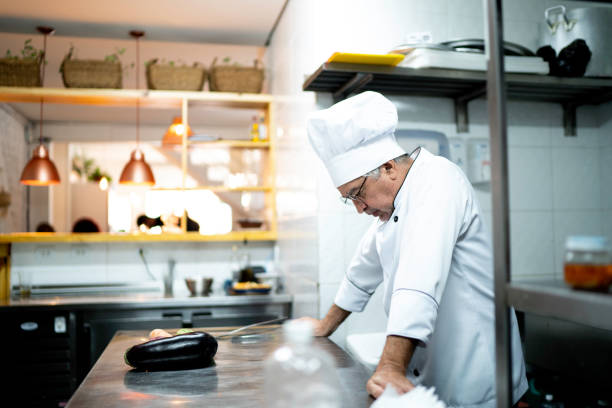
Labor shortages in restaurants are both a major management issue and a serious problem.
According to a survey by Teikoku Databank, 77.3% of restaurants in Japan are experiencing a shortage of part-time workers.
The labor shortage rate is by far the highest compared to other industries, and you can see how serious the labor shortage is in the food and beverage industry compared to other industries.
Unfortunately for restaurants, this issue seems to be only growing and is expected to worsen in the future.
For restaurant owners who want to avoid worst-case scenarios, this article addresses management issues of labor shortages.
We will delve into the causes and countermeasures to help those who are currently facing a labor shortage issue and those who are worried about the future.
目次
What is the actual situation of labor shortage in restaurants?

Running a restaurant requires a wide range of tasks from cooking to serving customers, which makes them particularly susceptible to labor shortages.
Under such circumstances, it is difficult to hire people with the appropriate skills for each position.
When running a restaurant, human resources are the most valuable asset. If there are not enough employees, the store will not be able to operate properly.
In addition, once there is labor shortage, it progresses very quickly and is difficult to resolve, making it more likely to become a problem. Here is an example:
There will be a shortage of employees, and the workload of each employee will increase.
↓
The store is not running properly and the quality of service will decline.
↓
Customer reviews will drop and complaints will increase.
Apologizing and offering compensation to customers will slow down service and decrease profits.
↓
Sales decline and employee motivation declines.
The turnover rate for both full-time employees and part-time workers will increase.
↓
Not being able to pay employees enough wages.
The situation worsens as the number of employees decreases.
↓
Without any improvements, the restaurant will be forced to close.
As mentioned above, once a restaurant is understaffed, the situation will only get worse.
If a store's reputation deteriorates, not only will more employees quit, but it will also be harder to hire new employees. Therefore, it is extremely difficult to resolve a labor shortage once it occurs. In fact, many restaurants are unable to open after that due to a lack of staff.
Since 2020, the situation has been extremely difficult for restaurants due to the COVID-19 pandemic. Given all of this, restaurants are paying more and more attention to countermeasures and prevention, rather than improvements, regarding labor shortages.
Why do restaurants suffer from a labor shortage in the first place? Let's dig into the cause.
The inevitable shortage of staff at restaurants. What is the cause?

Excluding force majeure factors such as the COVID-19 pandemic, the reasons why restaurants are experiencing a labor shortage can be narrowed down to the following two main reasons:
long and irregular working hours
In order to survive the fierce competition, many restaurants are open late at night or 24 hours a day. Business hours are already longer than in other industries, and there are many tasks such as preparation and cleanup outside of business hours, so working hours tend to be long.
Additionally, holidays are also irregular, making it difficult for employees to maintain a work-life balance.
If employees are not able to get enough rest, the morale of both full-time and part-time employees will drop, and the quality of service will decline. Customer complaints will also increase.
It's no wonder that more part-time workers quit their jobs if they keep apologizing.
Furthermore, recently, there have been many situations in which it has become difficult to attract non-regular employees such as part-time workers due to the difficulty of adjusting minimum working days and shifts.
Of course, running a store is important, but if you can't attract the human resources who are the driving force behind it, you're putting the cart before the horse. Simply increasing the number of employees will only increase fixed costs, and we are no longer in an era where part-time workers will come just because you put up a poster. The troublesome thing about this is that there is no clear way to resolve it if you just take measures.
working environment
Restaurants provide a wide range of services, from cooking to customer service, so the job duties are complex.
In addition, because there are no set ways of doing the job, it is easy for employees to become dependent on each other, and when a veteran employee or part-time worker leaves the restaurant, it heavily impacts it.
Because the front of the house have to actually interact with customers, they are required not only to perform basic tasks such as serving food and setting tables, but also to communicate accurately. Kitchen staff are required to have the judgment to efficiently cook and serve food during rush hour.
Restaurants require skills that cannot be acquired overnight. Therefore, if a veteran quits in a workplace where employees are dependent on them, the remaining employees will have to shoulder the burden. This can lead to problems such as not being able to take enough breaks and having to work a lot of overtime.
Due to the structure of the business, there are high hurdles for salary increases, and the potential for salary growth is not as large as in other industries. Salary is an important factor in working. Another issue facing the industry is that many restaurants do not have an environment in which highly motivated employees can work for long periods of time.
Even though the issues are clear, why are restaurants unable to solve these problems?
Next, let's take a look at measures to address these issues.
What measures are necessary for the food and beverage industry to change?

Dealing with long working hours
If you want to shorten your working hours without impacting operations or quality, there are two possible options:
①Create a manual that details all tasks and aim to depersonalize and improve work efficiency.
② Systematize operations and adopt a business format that does not require a large number of personnel.
For ①, efficiency can be improved by incorporating tasks that are currently dependent on individual employees into a manual and making it the standard in stores.
However, the disadvantage is that creating a manual requires a lot of effort and time. It is quite difficult to put all the services of a restaurant into words and summarize them in the first place.
As for②, in order to systemize operations, you need employees who have knowledge of both store operations and systemization. You will also need to prepare a budget for the implementation.
Improving the working environment
Due to the nature of restaurants, it is difficult to significantly improve this. If you just want to increase the number of employees, there are now services that allow you to hire part-time workers. However, as mentioned earlier, the business operations of restaurants are complex. Merely increasing the number of people will only increase labor costs and will not solve the persistent labor shortage issue.
In order to improve the working environment, it is necessary to improve the work-life balance and reduce the turnover rate of veteran employees and part-time workers.
For these reasons, systemizing operations is the most realistic way to actually solve the labor shortage in restaurants.
So how should we actually proceed with systemization? One way to do this is to use a rapid or flash freezer.
We will explain one of the systemization methods that has become a hot topic in recent years, rapid and flash freezers.
Examples of use of rapid and flash freezers in the food and beverage industry

A rapid or flash freezer is a device that can achieve higher quality freezing.
rapid or flash freezing is a freezing method that quickly passes through the temperature range where the water content of food freezes (maximum ice crystal formation temperature range).
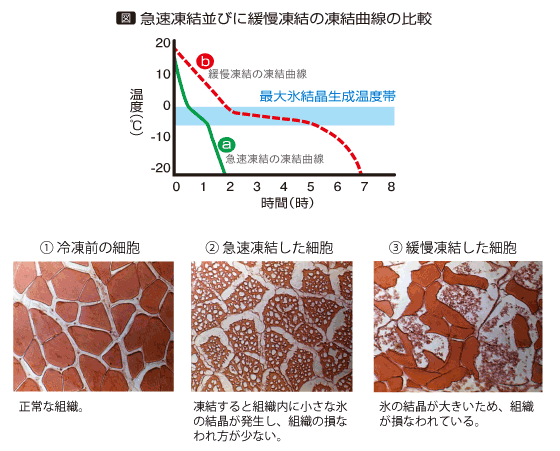
Normal commercial freezers freeze food at a temperature of about -20°C, but rapid freezer freeze food quickly at a very low temperature of -35°C, so the time it takes to freeze food is also shorter than that of a regular freezer.
Therefore, as shown in the diagram above, this method minimizes food cells damage and preserves the quality of the food.
With a rapid or flash freezer, every restaurant task becomes easier:
・Food delivery becomes simpler and faster
・Reduced preparation time
・Preventing out-of-stock items
・Reducing food loss (significantly extending shelf life)
etc.
We will take two examples of actual problem solving at restaurants.
Fried chicken specialty izakaya chain
Deep-fried fried chicken is flash frozen and stored. They have developed a recipe that deep fries the chicken again after freezing to finish the cooking.
Previously, this required a complex and sophisticated process in which the ingredients were marinated in sauce and fried twice in oil before being served at the store.
After transitioning to a flash freezer and serving frozen fried chicken by simply taking it out and frying it in oil, it shortened the serving time and the preparation time before resulting in a significant reduction in labor costs.
It also became possible to store items for a longer period of time, without having to worry about ingredients availability during rush hours.
Sanuki udon chain store
Beforehand, the sorte tried to predict how many customer orders they will get within a certain time frame and started boiling udon noodles in advance. This means that if the cook did not predict orders correctly, the udon would be wasted.
By using a flash freezer, the restaurant has changed its operation where the udon noodles are briefly boiled, frozen, and then finished after receiving the order. They were able to significantly shorten the boiling time after receiving an order and also reduce waste.
In addition to the examples above, there are many other companies implementing this system in various industries.
By using a rapid or flash freezer, restaurants can partially alleviate the labor shortage.
Since the work can be simplified, it is possible to run the store even if there are many short-term or part-time workers. In other words, it is possible to eliminate labor shortages while also creating a business structure that is unlikely to suffer from labor shortages again.
Conclusion
What did you think?
Labor shortage at restaurants is a very serious issue. In the past, restaurants might have been able to go by, but during the COVID-19 pandemic, it was even harder on restaurants to operate correctly. If no measures are taken, the restaurants risk closing shop.
As discussed in this article, there are ways to resolve the issue.
One of these is to implement a rapid or flash freezer, which is a sustainable and reproducible method. Of course, knowledge and expertise regarding ingredients and rapid or flash freezing are required before actually implementing it.
In fact, the quality of rapid or flash freezing food varies greatly depending on the compatibility between the ingredients and the rapid or flash freezer.
This means that there is not a single rapid or flash freezer that works with everything. It is very important to select the model that suits your business and ingredients you use.
At DayBreak, we conduct freezing tests that compare multiple rapid and flash freezers in order to help our customers choose the most suitable equipment, and we consult with many restaurants all over the country every day.
In addition to model selection, this freezing test examines many factors necessary to achieve high-quality freezing, such as storage methods and thawing methods. Our staff, who have performed over 1000 tests , will answer your questions.
If you have any interest in rapid or flash freezer,s please feel free to contact us.








![[Storage period increased by 30 times! ] Achieving a stable supply of raw whitebait!](https://shunkashutou.com/wp-content/uploads/2016/11/579c55e6d32e1385c250e8e7c3ed59a71.jpg)
![[Sales increased 100 times! ] rapid freezing the signature menu “Ni-katsu sandwich”!](https://shunkashutou.com/wp-content/uploads/2016/11/IMG_02391.jpg)
![[Horse sashimi] We have significantly reduced waste loss with rapid freezer!](https://shunkashutou.com/wp-content/uploads/2016/11/5fda59d0cbcdabde18e58c3c58c09ed0.jpg)




![[Storage period increased from 3 days to half a year! ] Restaurants are expanding their business using wholesale and mail order!](https://shunkashutou.com/wp-content/uploads/2018/04/66c19942ab4ba346fdb64ccc04cde373.png)
![[Reduce loss from 200 kg of oysters to zero] Improve loss and expand business with rapid freezer](https://shunkashutou.com/wp-content/uploads/2018/06/19785ca583a8d3c4041c7c192d041b0d.jpg)












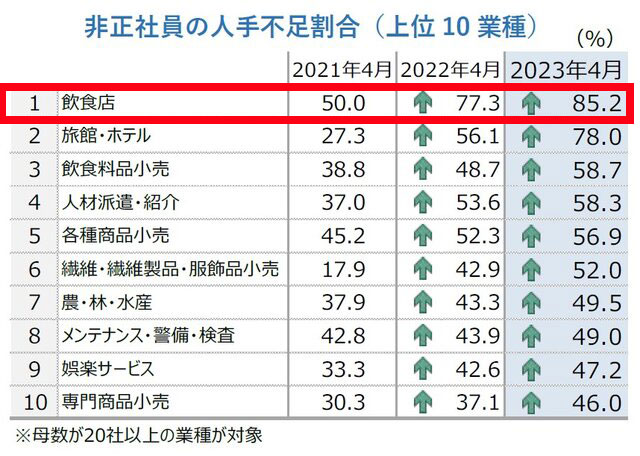


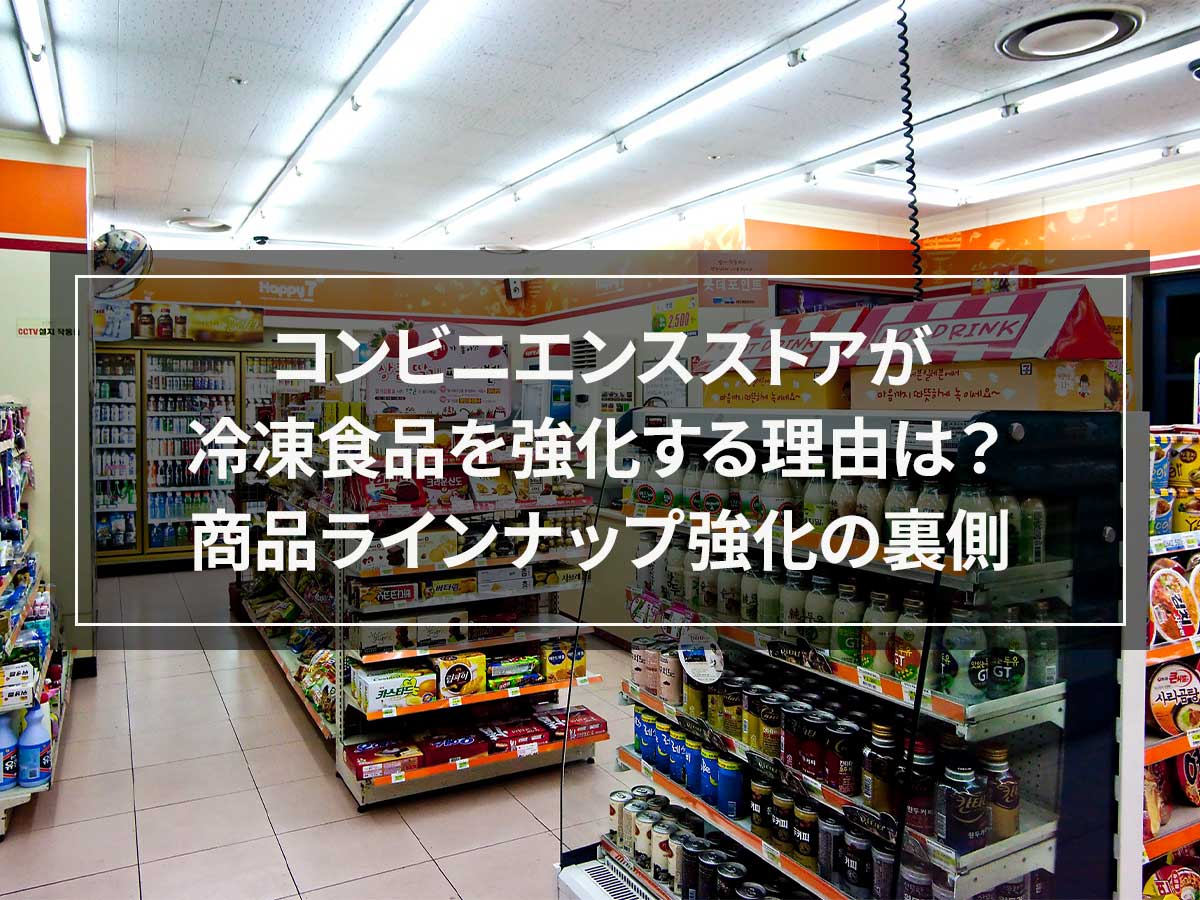

![[Achieving instant freezing at home] The evolving freezing function of home refrigerators](https://shunkashutou.com/wp-content/uploads/2015/10/93e403bcf18bda6b2d63c7c74fdef064.jpg)

![[Thorough explanation! ] What is the distribution and cold chain that maintains the quality of frozen foods?](https://shunkashutou.com/wp-content/uploads/2016/11/ed15366b2a889239b39608c181587427.jpg)
![[Commercial use] Thoroughly investigate the cause of frost forming in the freezer! How to prevent frost formation?](https://shunkashutou.com/wp-content/uploads/2016/06/09c17e4deeb1ac0cdc5a513eaf89ab1a.jpg)
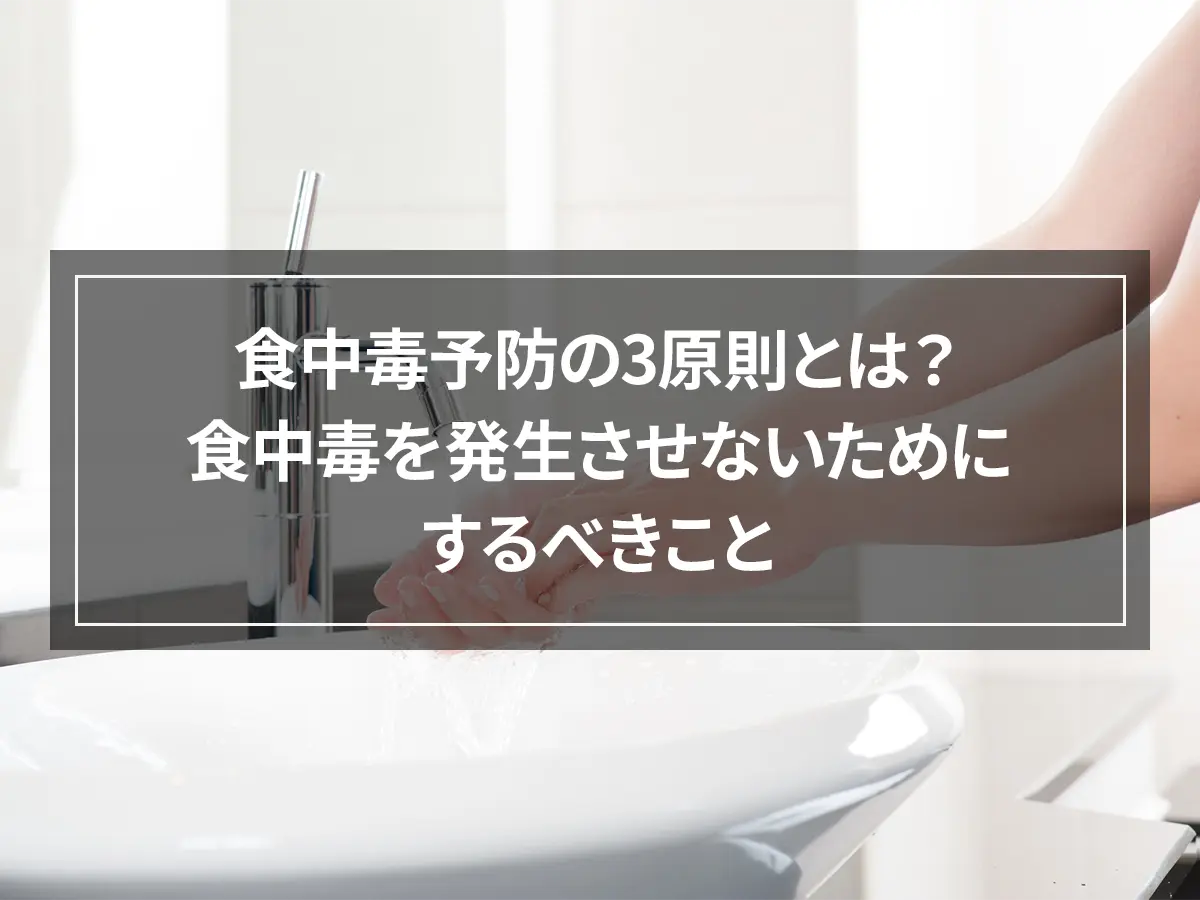
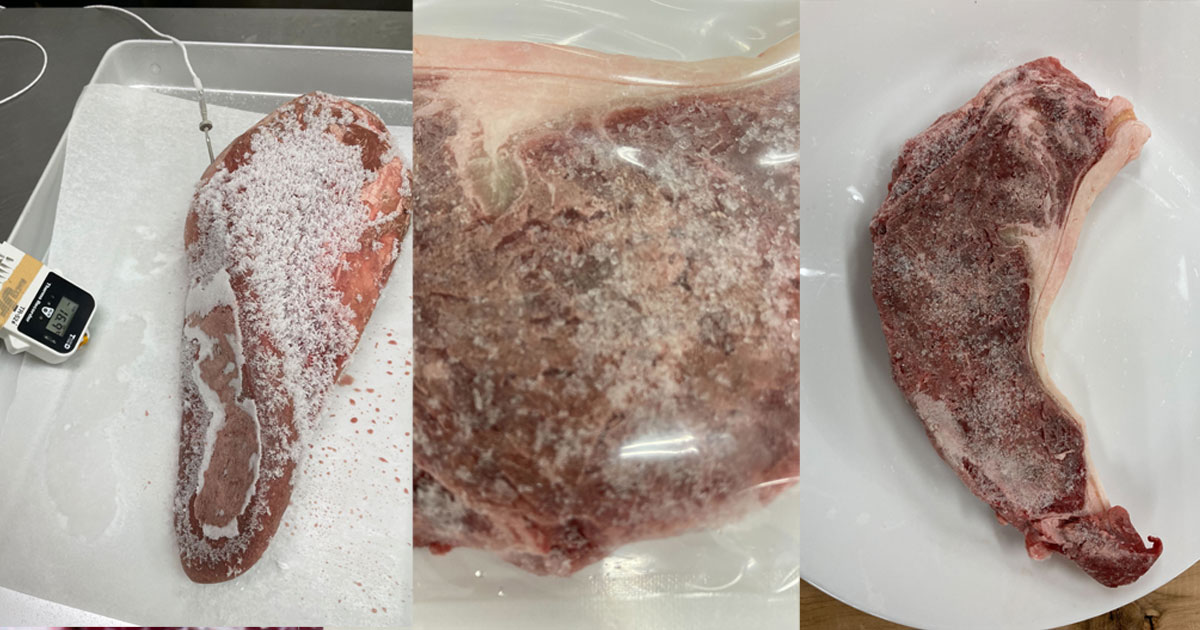
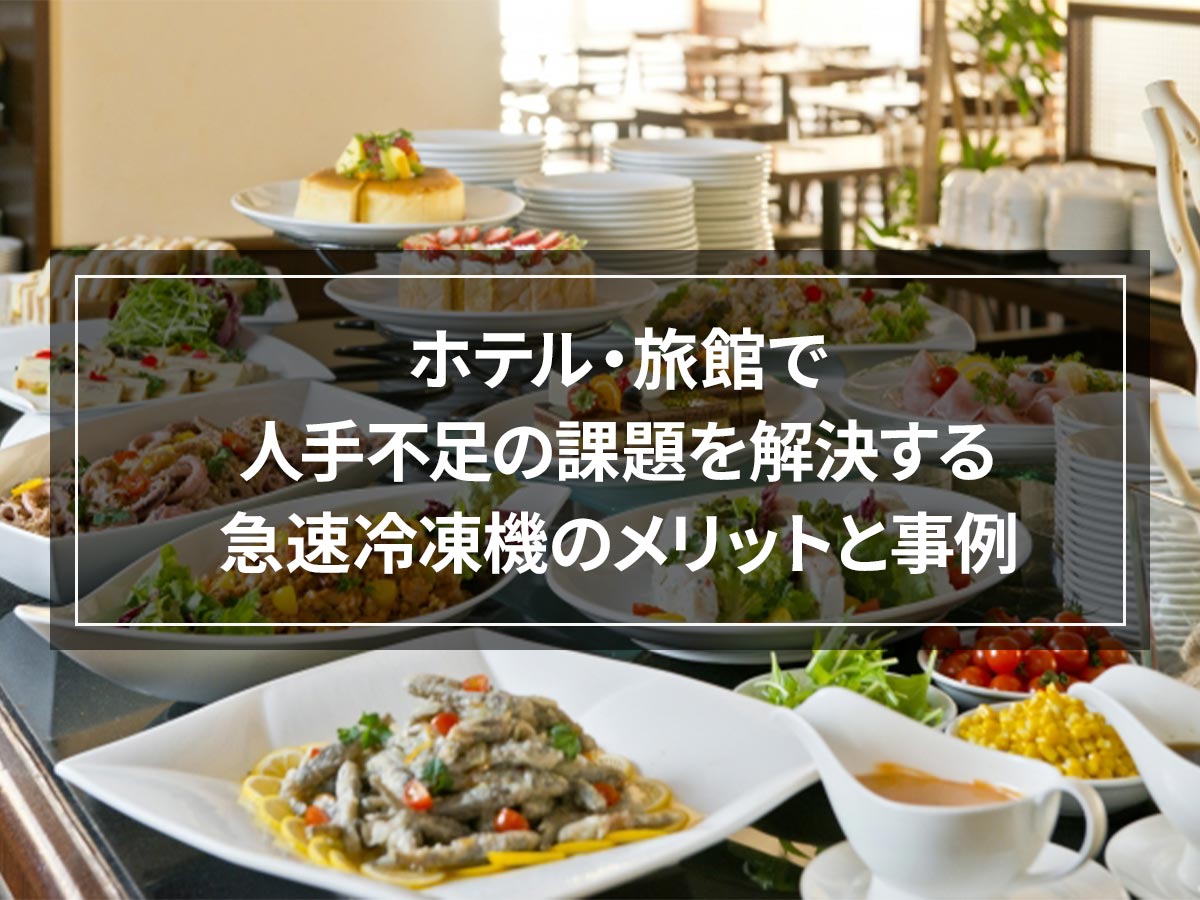

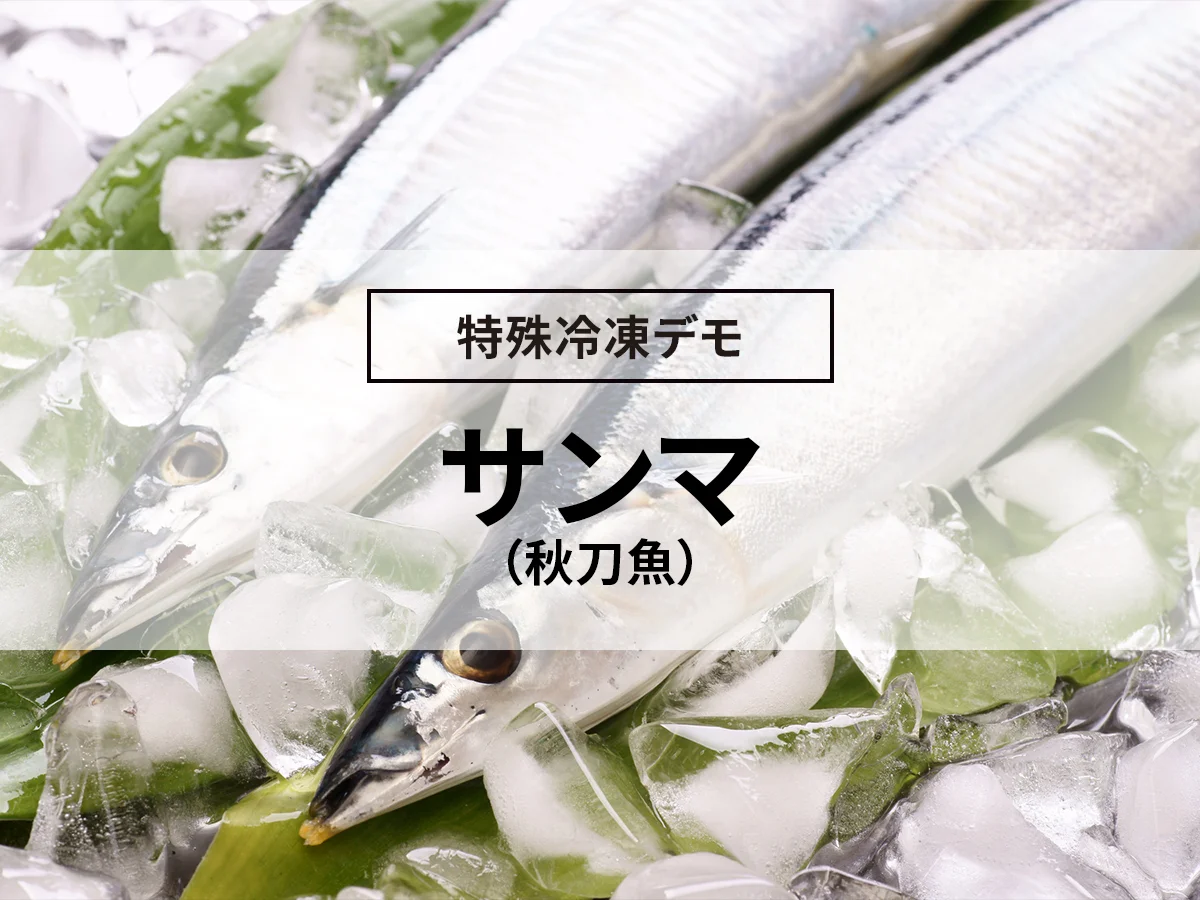
![[Delicious, Convenient, Cheap] Recommended commercial frozen foods for restaurants to purchase](https://shunkashutou.com/wp-content/uploads/2023/07/business-frozen-food-1024x682-1.jpg)
![[Freshly made raw soba all over the country! ] Example of introducing a quick freezer at a soba restaurant](https://shunkashutou.com/wp-content/uploads/2016/01/6d8138adcf26c410c11b25d5b8d2f3de.jpg)

![[Restaurants/Restaurant] Advantages and success stories of introducing rapid freezer](https://shunkashutou.com/wp-content/uploads/2015/05/inshoku-article-eyecatch1.jpg)
![[Thorough guide to preserving meat] Preservation methods, expiration dates, thawing methods, rapid freezing](https://shunkashutou.com/wp-content/uploads/2023/09/ec61889773cfed9c75aa97d9ca6c96dd-1.jpg)
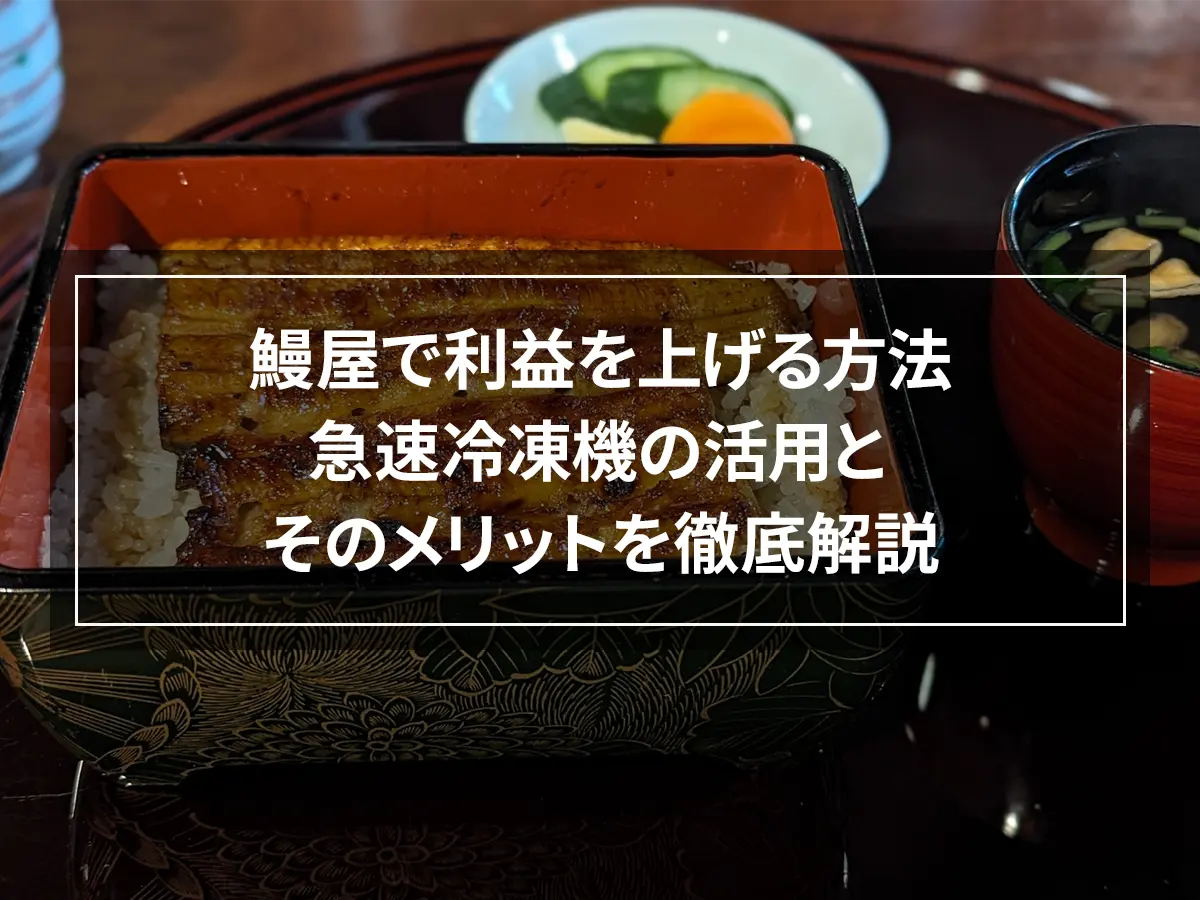

![[Bringing fresh cakes nationwide] How to dramatically increase profits at a pastry shop?](https://shunkashutou.com/wp-content/uploads/2016/03/661ea3ee6264fab6520017622c656870.jpg)
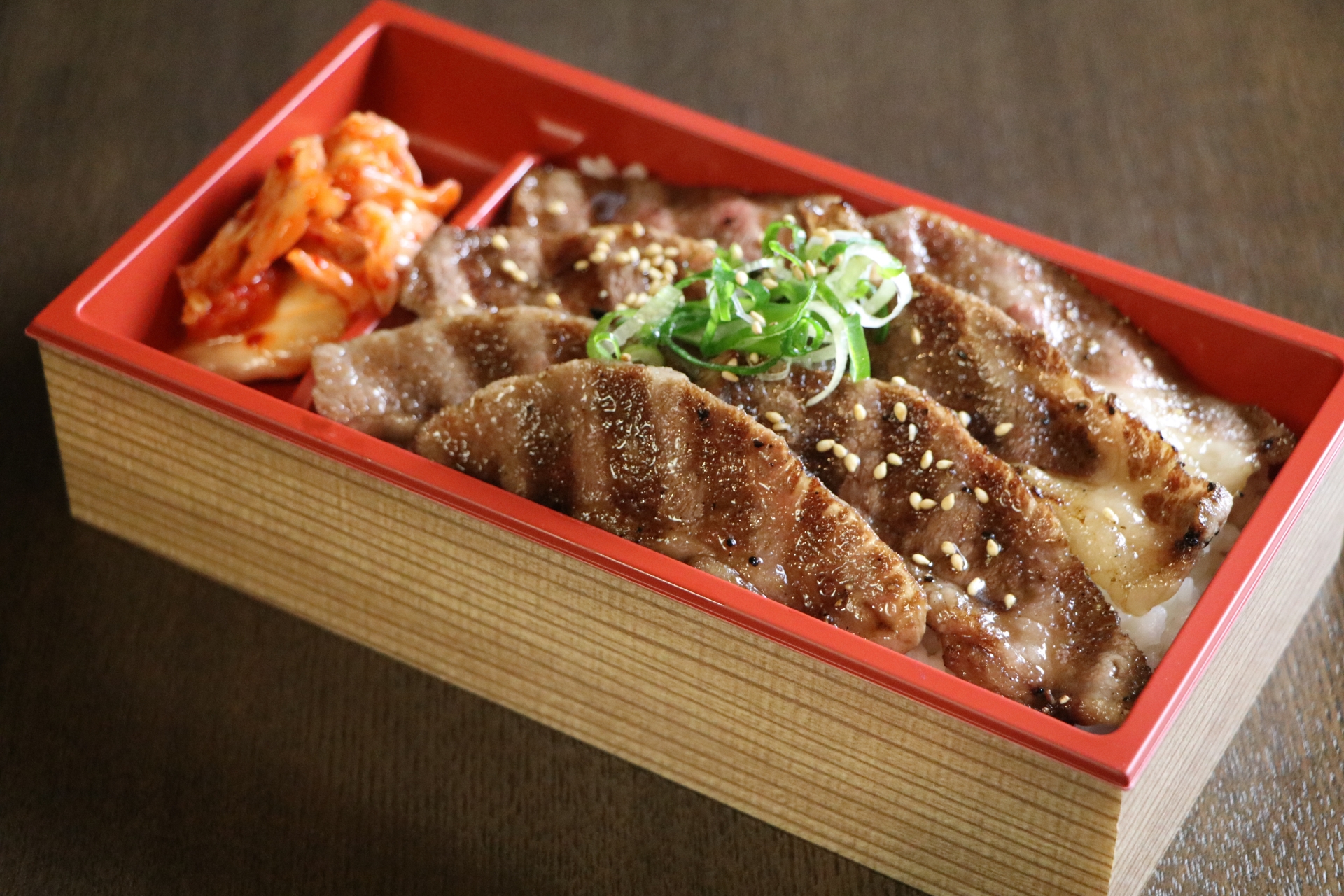
![[Includes recommendations by industry] Summary of types and benefits of small rapid freezer](https://shunkashutou.com/wp-content/uploads/2020/12/smallsize.jpg)
![[A must-see for restaurants that serve rice] What is rapid freezing that can preserve rice for a long time?](https://shunkashutou.com/wp-content/uploads/2021/02/rice.jpg)
![[Required for food business operators] What is the reason for implementing HACCP and using rapid freezing?](https://shunkashutou.com/wp-content/uploads/2017/02/b9dcd4b8ff706013bae4aafeda989b6e.jpg)
![[For food manufacturers] What is the meaning of IQF freezing and what is rapid freezer required for it?](https://shunkashutou.com/wp-content/uploads/2017/03/40008d9f1a752dd006399fe1c4beda34.jpg)
![[Achieving low cost and high quality] The problems of pubs can be solved with a quick freezer!](https://shunkashutou.com/wp-content/uploads/2016/02/11d55612344a4cbad2ad506ae700c81b.jpg)
![[Increase sales! ] Three reasons why ramen restaurants should install rapid freezer](https://shunkashutou.com/wp-content/uploads/2016/04/ra-men-reitou.jpg)





